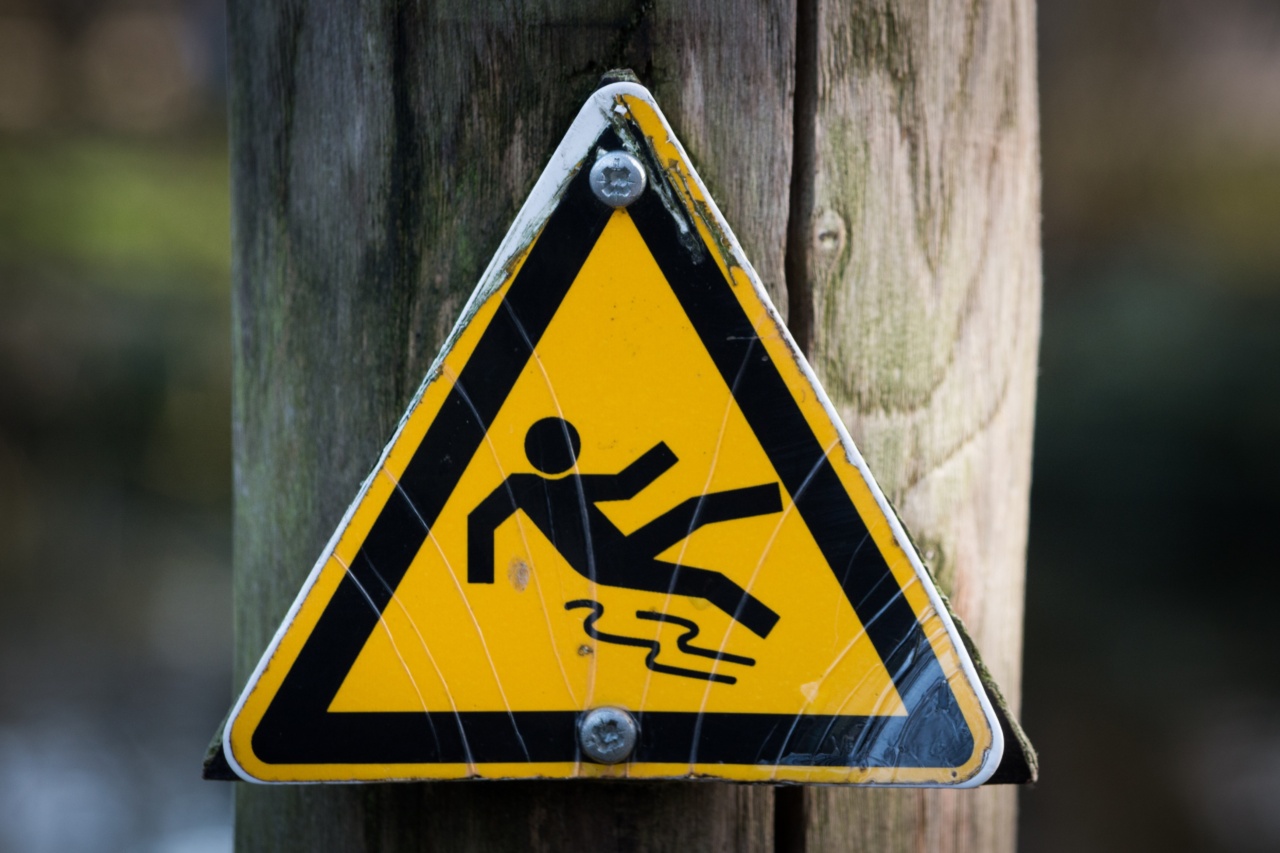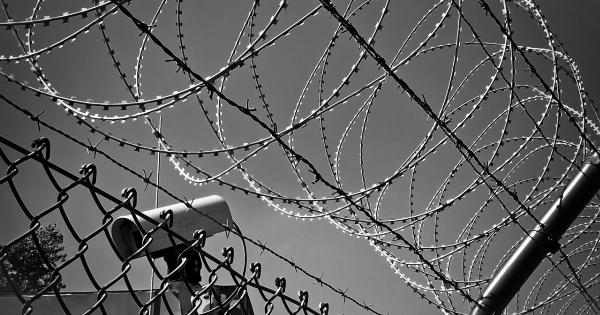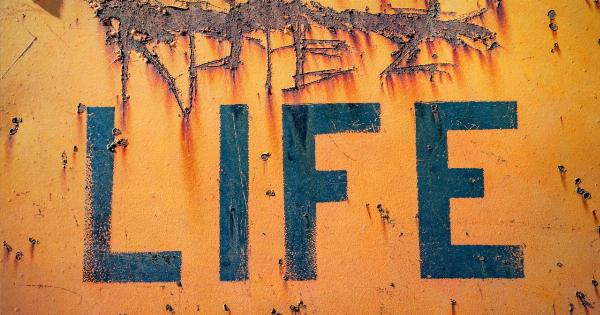Accidents are a harsh reality of life. They can happen anywhere, anytime, and to anyone. From minor mishaps to catastrophic events, accidents can cause physical harm, emotional trauma, and financial burdens.
While we strive to prevent accidents, some situations are simply unavoidable. In these danger zones, the line between safety and disaster becomes blurred.
1. The Roadways
Our roadways are a breeding ground for accidents. With millions of vehicles navigating complex networks of asphalt, accidents become an unfortunate consequence.
Irresponsible driving, distracted activities, and road rage contribute to the perilous conditions on our roads. Furthermore, unpredictable factors like adverse weather, poor infrastructure, and mechanical failures add an extra layer of danger to this already volatile zone.
Staying alert and following traffic rules can significantly reduce the risk, but accidents are sometimes unavoidable.
2. Construction Sites
Construction sites are hazardous zones where accidents are common. Heavy machinery, scaffolding, and tools surround workers as they strive to complete projects.
Despite strict safety regulations, accidents still occur due to negligence, human error, or faulty equipment. The danger zone at construction sites demands constant vigilance and comprehensive safety measures. However, the dynamic nature of construction work often leads to unpredictable circumstances, making accidents inevitable in certain situations.
3. Industrial Facilities
Industrial facilities, such as factories and warehouses, have their fair share of dangers. From chemical spills to machinery malfunctions, accidents in these environments can have devastating consequences.
Despite stringent safety protocols and inspections, human error or unforeseen circumstances can trigger accidents that are impossible to avoid. The inherent risks within industrial facilities often push them into the danger zone, posing a constant challenge to workers and managers alike.
4. Natural Disasters
Nature can unleash its havoc with little warning. Natural disasters like earthquakes, hurricanes, floods, and wildfires can cause extensive damage and result in numerous casualties.
While we have advanced warning systems and preventive measures in place, some accidents are inevitable amid these catastrophic events. The sheer force and unpredictability of nature’s wrath make it challenging to completely avoid accidents in the danger zone created by natural disasters.
5. High-Risk Sports
Extreme sports, thrill-seeking activities, and high-risk adventures often attract those who crave excitement and adrenaline. However, these activities reside squarely in the danger zone.
From skiing off-piste to paragliding in unpredictable weather conditions, accidents can happen despite taking precautions and following safety guidelines. The very nature of these sports pushes participants to the edge, making accidents an inherent risk that is difficult to eliminate entirely.
6. Medical Procedures
While medical professionals strive to provide optimal care, accidents can happen during medical procedures.
Even with stringent safety protocols, unexpected complications, adverse reactions, or equipment failures can lead to accidents on the operating table or in clinical settings. Most medical practitioners work tirelessly to minimize such incidents, but the potential for accidents remains in this delicate danger zone.
7. Environmental Hazards
Environmental hazards, such as toxic waste, radiation exposure, and pollution, create a danger zone that can have long-lasting effects on human health and the ecosystem.
Despite efforts to control and mitigate these hazards, accidents like leaks, spills, and environmental disasters can occur. The complexity of managing these dangers makes it difficult to completely avoid accidents, leaving us vulnerable to their consequences.
8. Aviation and Maritime Travel
Aviation and maritime travel have revolutionized global connectivity but also come with inherent risks.
Accidents in these transportation sectors can have catastrophic consequences due to the number of people involved and the complex technology employed. Although aviation and maritime industries enforce strict safety measures, accidents caused by human error, mechanical failures, or unforeseen events remain a possibility.
The danger zone created by these modes of travel requires constant attention to minimize the likelihood of accidents.
9. Workplace Accidents
Workplaces can be dangerous, and accidents can happen even in seemingly harmless environments. Slips, trips, falls, and exposure to hazardous materials are common causes of workplace accidents.
Despite safety regulations and training programs, accidents in the workplace still occur due to human error, negligence, or unforeseen circumstances. The danger zone within workplaces highlights the need for comprehensive safety protocols and ongoing vigilance to prevent accidents where possible.
10. Everyday Life
Accidents can happen when we least expect them, even during routine activities. Whether it’s a slip on a wet floor or a collision while crossing the road, accidents can occur in the most mundane situations.
While practicing caution and maintaining awareness can reduce the likelihood of accidents, there are moments when they are simply unavoidable. The danger zone of everyday life serves as a reminder that accidents can happen anywhere, to anyone, and at any time.




























